10Gbe NAS for Business – QNAP versus Buffalo
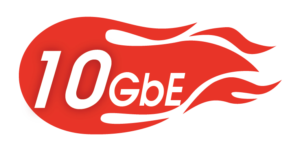
Here on NASCompares, I discuss a lot of NAS server devices. I have seen a number of trends come and go, however, one has been around longer than most and that is 10Gigabit ethernet (10Gbe). 10GBe as a network connection is not new, it has been around for years, but largely considered too ‘enterprise’ in cost or implementation to adopt for most users. However now in 2018 we see a significant leap in the NAS market by buyers entering the 10GBe market and this is for two key reasons. First, the size of data has grown considerably, most mobile phones take pictures now that exceed 10MB each and factors like 4K recording mean that you could be creating 1GB files every 10mins of for captured footage on average. The second reason that 10GBe has exploded in popularity this year is that it is so much more affordable now. Brands like Netgear, TP-Link and LinkSys have incredibly cost-effective 10GBe switches to buy, as well as QNAP and Buffalo both producing their own cost-effective 10Gbe Switches too. Thanks to this increase in demand for 10G, the result is that NAS brands that feature 10GBe devices have become very popular indeed. Today I want to talk about two of the most popular 10Gbe NAS brands in the market right now, Buffalo NAS and QNAP NAS. Both of them were among the first to get their 10GBe NAS server solutions out there for home and business users alike and many NAS buyers are trying to choose between them. So today I am going to shine the spotlight on QNAP and Buffalo, highlight their strengths and weaknesses, and ultimately help you choose which 10GBe NAS is best for you.
Who are Buffalo NAS
![]()
Buffalo NAS is a brand that is easily one of the most rugged and industrial of the two. They have been around for a while and as well as being one of the few top-tier NAS brands that provide fully populated NAS devices (so the NAS with Hard Drives already inside and RAID ready), they also provide the most cost-effective 10Gbe NAS currently available with 10GBASE-T, as opposed the SFP+. They focus mainly on first-party applications (which can annoy some home users who want multimedia support above and beyond DLNA and Media Server support) and with a big focus on support and speed, both inside the box and out – they currently have a 3 year blanket warranty on their 10Gbe NAS covering the NAS, Drives, advance replacement and extendable warranty options. They have a smaller range than QNAP NAS, but their 10Gbe TeraStation range arrives in 2, 4, 8 and a rackmount 12 Bay NAS device. These are the units I will be focusing on today.
Who are QNAP NAS
![]()
QNAP NAS features a much richer range of NAS devices from small home to large-scale enterprise business. They also chiefly focus on SFP+ based SFP+. This is considered more enterprise, is more expensive to upgrade your network, however, SFP+ is designed for larger distances of setup within a network. QNAP NAS is purchased without Hard Drives but arrives with lots of hardware options that are not available from any other NAS brand QNAP (HDMI, Thunderbolt, speakers, etc) and have a wider spectrum of support for first and third party apps (Plex, their own Surveillance software and Virtual Machine manager), but this is sometimes at the expense of stability. For this comparison, I will look at the 4-Bay TS-431X2, the 8-Bay TS-832X and the Rackmount TS-1231XU-RP.
Buffalo Vs QNAP 10GBe NAS – Price Comparison
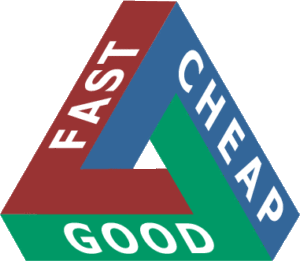
One of the first factors most buyers take into consideration when choosing to buy a 10Gbe NAS from QNAP or Buffalo is price. When you buy any NAS server device, it will include the software to run the device and it will communicate with your WIndows, Mac or Android system easily for file management. I won’t factor the cost of a good 10Gbe switch or 10Gbe PCIe card for your PC in order to take advantage of a 10GBe network, however, I do want to talk about Hard Drive media. As mentioned, the QNAP is purchased empty and you need to buy the Hard Drives elsewhere. The main advantages of this are 1, the freedom to chose whichever drive you to want and 2, you can setup your NAS with just a single HDD and add more whenever you want. The Buffalo 10GBe NAS range, on the other hand, arrives with hard drives pre installed (fully populated or half populated as you need). The main advantages of this are that 1, the 3-year warranty with your NAS also covers the drives (advance replacement and all, so just one point of warranty coverage rather than two). 2, Less hassle in setup or checking compatibility. And 3, the overall cost of the NAS and Drives together works out less than if you bought it from two seperate sources. The result is that it makes it hard to compare QNAP and Buffalo NAS in terms of price, as it is an uneven comparison. I would just add that the Buffalo is STILL the lowerst priced 10GBASE-T NAS in the market right now, even in its smallest capacity, but then again QNAP is the lowest priced SFP+ 10GBe NAS brand right now too – so you need to consider which version of 10Gbe you want, fiber or copper, in order to see which price wins. Giving the growing popularity of 10GBASE-T, cost per TB and the 3 year advance replacement warranty, I give this round to Buffalo NAS.
Buffalo Vs QNAP 10GBe NAS – Software Comparison

As good as the hardware can be and the speed that 10Gbe connectivity will provide, it will be pretty useless if the software you use on the NAS (or your own that utilizes the network storage provided by a NAS) does not perform the way you need. Both QNAP and Buffalo have approached software and applications in different ways.
Buffalo NAS arrives with a strong emphasis on file management and first-party application priorities. The 10Gbe NAS series arrives with NovaBackup software for backing up multiple windows machines, a detailed and accessible user interface (as well as NAS Navigator software to locate your NAS on the network, assign network drives and more). The device is very much geared towards business users and has a no nonsense approach to access. The security measures by default are pretty heavily layered and with a unique optional data self destruct option (off by default) that will encrypt the contents of the NAS perminantlyif the login in wrong three times. Alongside this, there is a lot of file-based utilities available but the chief focus seems to be that the Buffalo NAS will integrate with your existing system, rather than ask you to learn new apps and tricks. This is a brave move in today’s NAS market, given the popularity of third-party applications and has lost them alot of low-mid range users (whilst gaining solid numbers from business users). The buffalo apps and features are dwarfed in number and range by the QNAP, but still, for users looking for robust and reliable file/folder management and security, Buffalo still put up a hard fight. Below are the highlights of the Buffalo software.
|
|
QNAP NAS, on the other hand, has a larger balance of First Party and Third Party applications and support. It lacks a few of the extreme security protocols and WSS support that Buffalo NAS has, but counters this with a considerably larger range of applications. The result is that a QNAP NAS has a wider appeal to home and business users.
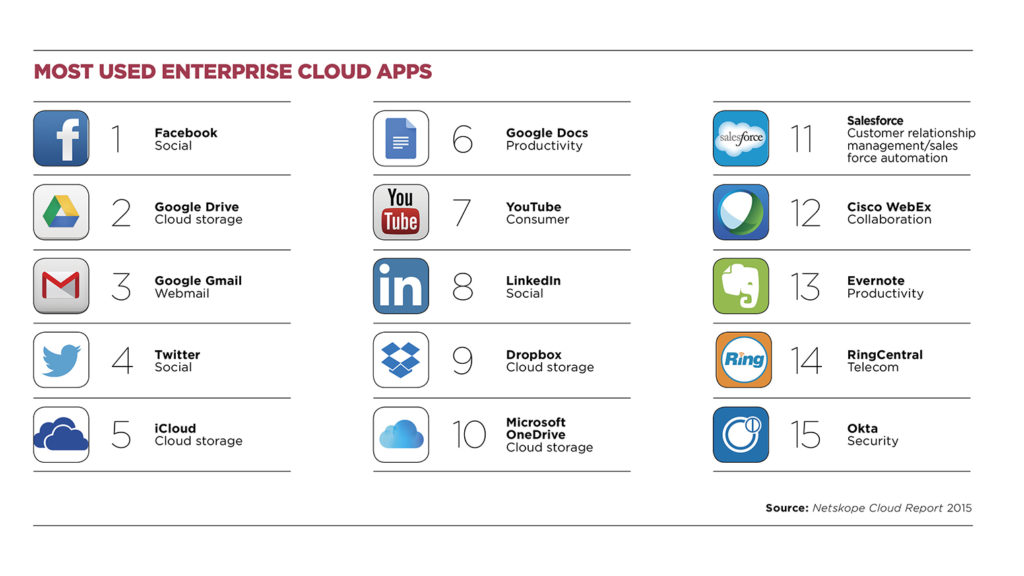
Third-party applications such as Plex Media Server, Kodi, Apple Time Machine, Google Drive and a large range of homebrew apps in the unofficial QNAPClub bring a lot of diverse NAS user options that Buffalo NAS intentionally restrict (whether it is security or the architecture – I am inclined to think the former). In terms of first-party applications, like Buffalo, there is alot of applications available directly from QNAP too and for the most part, they are better. CRM, CMS, email, browser, snapshots and more. HIghlights include:
|
|
In Conclusion, judging software still comes down to First Party vs Third Party priorities for the end user. The results are pretty heavily in favour of QNAP and in terms of NAS software, they win by both strength of numbers and R&D, but need to provide the caveat that there will be some users who look at the result above and see things differently!
Buffalo Vs QNAP 10GBe NAS – Hardware Comparison
In terms of hardware, there is a definitely a big difference between QNAP and Buffalo NAS, both in 10Gbe and general construction. One of the first things i saw was that Buffalo have largely commited to that 10GBASE-T form of 10Gbe. I can see the appeal certainly, it is legacy/backwards compatibile with RJ45 (the standard network interface everything uses) adn therefore cna integrate much easier and more cost effectively than SFP+. Below is a video detailing the difference between 10GBASE-T and SFP+ but in short:
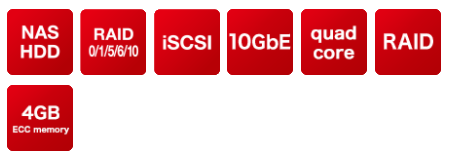
What is SFP+ 10Gbe?
Better for 20m or further distances, requires a transceiver on the end of each cable, more expensive, require a transceiver on the ends of each cable but if you are less then 7m from the NAS, you can use DAC cables that arrive with them pre-attached
What is 10GBASE-T 10Gbe?
Better for lengths under 20m, can exceed this length but can lose speed (unless you buy Cat7 cables), can use existing 1Gbe networks over RJ45 (but if you want the 10Gbe speed, you need a 10G switch), lower cost of cables, installation and easier to gradually upgrade your setup rather than in one go.
Watch the video to learn more:
Other key hardware differences between QNAP and Buffalo are more inline with what we saw in the software comparison regarding how you want to access/interact with your data. Buffalo NAS arrive with a smaller range of ports, but incredibly rugged design. They have lockable trays and doors, better ventilation, LCD panels on all units, 10Gbe ports even on the 2-Bay model (the only brand that supplies this as a default option), USB Quick Backup button, metal trays and little or no plastic in the construction. This does mean that noise is higher on the Buffalo in full access when compared with the QNAP though, it is hardly noticeable but definitely there, so those in close (1m) proximity to the device might want to be aware. Inside we see the popular 1.7Ghz quad core annapurna CPU for large scale file management, ECC class memory (very, VERY impressive at this price point) and some units have dedicated Hardware RAID which dramatically reduces RAID configuration and re-build in the even of HDD failure (don’t forget the advanced replacement that is included) and finally the fully populated or half populated option at the point of purchase.
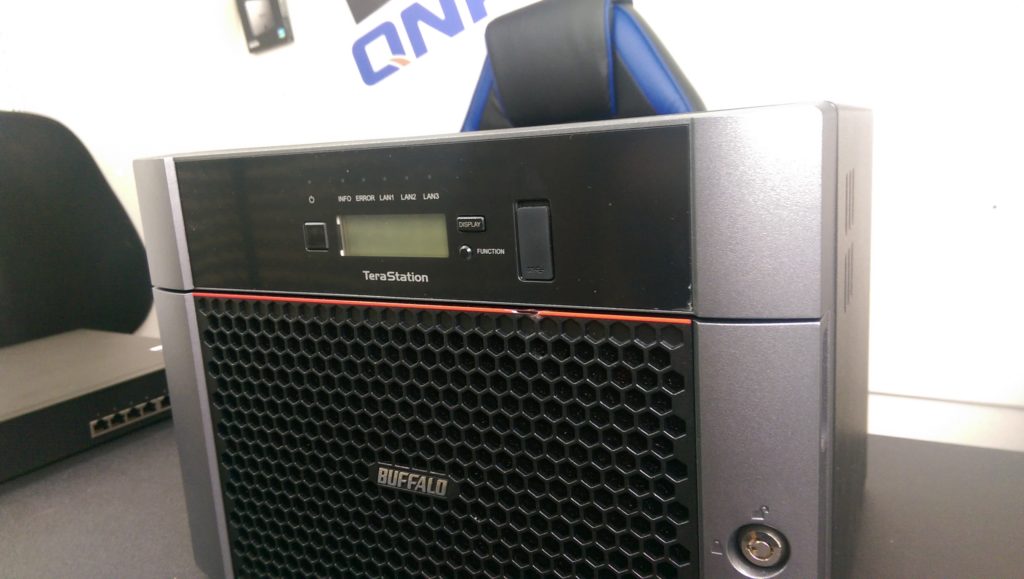
QNAP NAS have gone in a different and some would say, wider direction. Though they offer SFP+ and 10GBASE-T on many of their 10Gbe NAS range, there is clearly a bigger push into SFP+ for the majority of their range and in order to keep things fair, I have compared Buffalo and QNAP NAS devices in the same hardware/price level. An overview of the whole QNAP NAS range shows us some great hardware options. They have a larger range of CPU and memory options, as well as a 10/1 number of units to choose from when buying the right 10Gbe NAS, this is no doubt useful to IT guys who like to get their hands dirty, but the less technologically enthusiastic will find it a tad overwhelming.
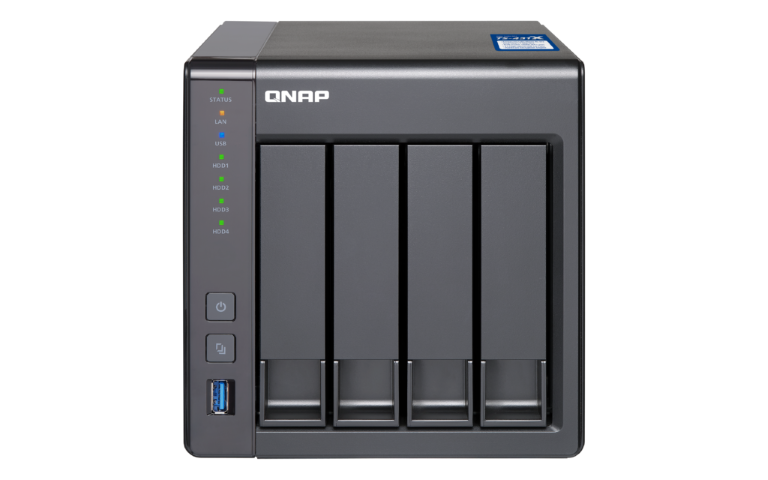
The QNAP range features popular hardware options such as HDMI, PCIe upgrade slots, Thunderbolt, remote control, built in speakers and USB Quick Connect. Both brands have rackmount options with redundant PSU options and a host of ports, but aside from 1Gbe or 10Gbe, most of these will most likely remain unused by the business user. Never the less there is a larger array of internal and external hardware choices from QNAP, but the suitability of either a Buffalo or QNAP NAS will come down to you the user’s requirements. Below I have compared a 4-Bay, 8-Bay and 12-Bay Rackmount of similar Build and focused on the core hardware.
4- Bay Hardware comparison – TS-431X2 versus 5410DN
First I wanted to compare the QNAP TS-431X2 NAS and the Buffalo 5410DN. The first thing that surprised me that, taking into account 4x 3TB WD Red Hard drives, the QNAP was the lower price of the two. It was only when I looking into the hardware and ports of the two devices a little more deeply that the price difference made a little more sense. The chassis of the QNAP TS-431X2 is almost completely plastic, including the non-lockable trays, whereas the Buffalo 5410DN is almost completely metal in design, features an LCD panel for real-time NAS information and featured a key-locked door and internal metal HDD trays. Both devices featured a one-touch USB backup and internally the same CPU, though there was 4GB of DDR3 memory in the Buffalo and 2GB in the QNAP. Additionally, the memory on the Buffalo was ECC enabled for additional peace of mind, whereas the QNAP had standard DDR3. Likewise on the rear of the device the ports were very similar, but an extra USB 3.0 on the QNAP and the two brands choosing different 10Gbe standards (QNAP = SFP+ and Buffalo = 10GBASE-T), so I will hold judgement on the conenction choice, as this is more of a preference of the NAS buyer after all. If your priority is price for hardware, the QNAP is a lower price once populated. HOwever in terms of quality of hardware and construction, I recommend the Buffalo NAS 5410DN.
8-Bay Comparison – TS-832X versus 5810DN
Moving thing up, we compare the QNAP TS-832X (very recent release) and compare it with the next unit up from Buffalo, the 8-Bay 5810DN. Here we see a shift in price once we populate each with 32TB of storage (without RAID enabled). We see around £100 less for the Buffalo and near enough identical hardware to the previous 4-Bay comparison and the 5410DN. However, it is now the turn of QNAP to bring out the hardware advantage. The QNAP TS-832X features the same CPU once again, but in almost every other regard excels against the Buffalo NAS. Featuring its own DDR4 memory, LCD panel, 2x 10Gbe (SFP+ again), Rear SPeaker, Audio port and a PCIe expansion slot – which means you can add further ports and functionality as and when you need them. It still features plastic, basic lock HDD trays but the chassis is more metalic at this capacity level and has a much more rugged feel. For the Buffalo, it is still a metal, premium feel chassis. Much like before (only visa versa this time) the Buffalo NAS 5810DN 8-Bay is the device for those that want the best-priced hardware and the QNAP TS-832X is the better choice for those that want the best hardware options overall.
Rackmount Comparison – TS-1231XU-RP versus 51210RH
Finally, I want to look at the QNAP TS-1231XU-RP 12 Bay Rackmount NAS and compare it against the Buffalo TeraStation 51210RH Rack based server. Rackmount NAS is pretty much the defacto enterprise server chassis of choice for larger scale business users. It is also where you most commonly find 10Gbe connectivity till recently. Both Rackmount NAS are 12-Bay chassis that feature multiple USB 3.0 ports, Dual Power supplier (redundant power suppliers are pretty much the go-to protection against PSU failure for businesses) and dual 10Gbe ports (and yes, of course, it is SFP+ for QNAP and 10GBASE-T for Buffalo). However, after that we see what makes them aimed at a different user. The CPU still remains unchanged but there is twice the memory by default in the Buffalo (ECC again) and the unit arrives around 6-8% cheaper (depending on where you shop). IN terms of construction, the two are very similar with both featuring metal, well-ventilated bays. There is twin front mounted USB On the Buffalo 51210RH and trays are lockable, but in all other regards, the two rack based NAS are pretty identical. Despite the price difference in favour of the Buffalo NAS, I am inclined to call this a draw on the Hardware front as even though the QNAP is more expensive, it also features a PCIe slot so you can improve functionality at a later date.
Buffalo Vs QNAP 10GBe NAS – Support and Warranty Comparison
Another big, big factor when deciding on a 10Gbe NAS for your business is support and warranty. Whereas the software on the QNAP NAS is much more extensive, the support and warranty options of the Buffalo range seems a lot more comprehensive. QNAP 10Gbe NAS (with the exception of the much higher Xeon based devices) arrive with 2 years of warranty – covering faults that are not your fault. There is also a large community and commercial support available to users, a pretty huge collection of online guides and tutorials and worldwide locations to assist you when dealing with an RMA.
As good as this is, the support and warranty options on the Buffalo (like QNAP and their software) is just bigger and more extensive. All 10Gbe NAS arrive with at least 3 years of warranty (5 years in the case of the Rackmount), which is also advance replacement and has numerous options to extend as needed. Likewise, as the devices arrive pre-populated, the warranty covers the Hard Drive media too. They have ‘keep your drive’ options and on site technical assistance options too. For a business that cannot work around failure, these will be extremely desirable.
Buffalo Vs QNAP 10GBe NAS – Comparison Results
Ultimately it comes down to two key factors! Do you need SFP+ as your ideal method of connection to your 10 Gigabit server? And how do you plan on using your 10Gbe NAS. In terms of cost and adoption of 10GBASE-T, it is hard to argue with the success of Buffalo. They have created a fantastically solid and reliable (hardware, software and support) platform for small and big businesses alike to access storage at 10x that or traditional network speeds. If you are looking for volume, folder and file level interaction with your files in a traditional business operation, than the Buffalo NAS TeraStation range is a no brainer. That said, if you want to adopt SFP+, want to be a little more flexible on drive media and want to utilise a greater span of 3rd party and less traditional software platforms, then chances are that the QNAP is better suited to you.
QNAP
- SFP+
- Third Party Apps installed internally
- Empty
- More user-friendly
- Better UI
- Multimedia Use
Buffalo
- 10Gbe
- First Party Apps
- Better Warranty
- Better Network File System System
- Pre-Populated and inclusive of the Warranty
- WSS 2012 and 2016 NAS (coming soon) for Windows Server Users
🔒 Join Inner Circle
Get an alert every time something gets added to this specific article!
This description contains links to Amazon. These links will take you to some of the products mentioned in today's content. As an Amazon Associate, I earn from qualifying purchases. Visit the NASCompares Deal Finder to find the best place to buy this device in your region, based on Service, Support and Reputation - Just Search for your NAS Drive in the Box Below
Need Advice on Data Storage from an Expert?
Finally, for free advice about your setup, just leave a message in the comments below here at NASCompares.com and we will get back to you. Need Help?
Where possible (and where appropriate) please provide as much information about your requirements, as then I can arrange the best answer and solution to your needs. Do not worry about your e-mail address being required, it will NOT be used in a mailing list and will NOT be used in any way other than to respond to your enquiry.
Need Help?
Where possible (and where appropriate) please provide as much information about your requirements, as then I can arrange the best answer and solution to your needs. Do not worry about your e-mail address being required, it will NOT be used in a mailing list and will NOT be used in any way other than to respond to your enquiry.

|
 |
Best NAS for under $499
Best NAS for Under $250 (2025)
Minisforum N5 Pro NAS - FIRST IMPRESSIONS
HexOS Q2 Update - What's Changed?
5 Exciting NAS Coming Later in 2025
Beelink ME Mini vs GMKtec G9 vs CWWK P6 NAS Comparison
Access content via Patreon or KO-FI


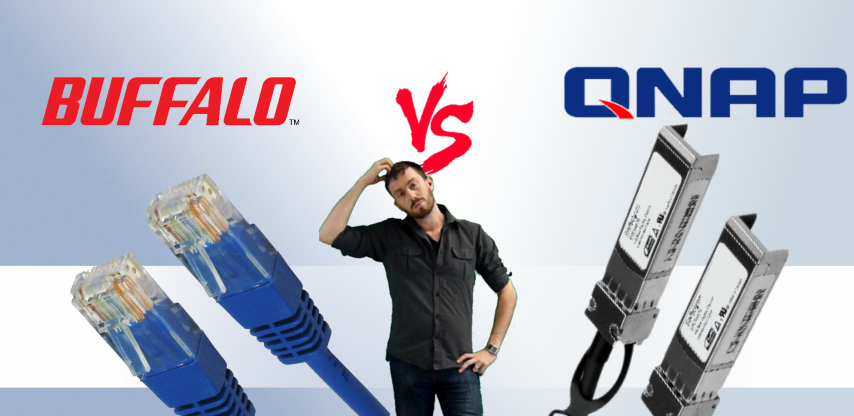


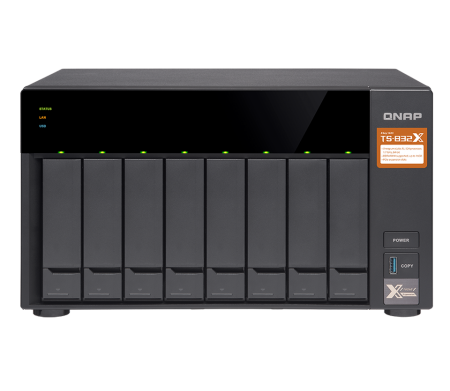




DISCUSS with others your opinion about this subject.
ASK questions to NAS community
SHARE more details what you have found on this subject
CONTRIBUTE with your own article or review. Click HERE
IMPROVE this niche ecosystem, let us know what to change/fix on this site
EARN KO-FI Share your knowledge with others and get paid for it! Click HERE